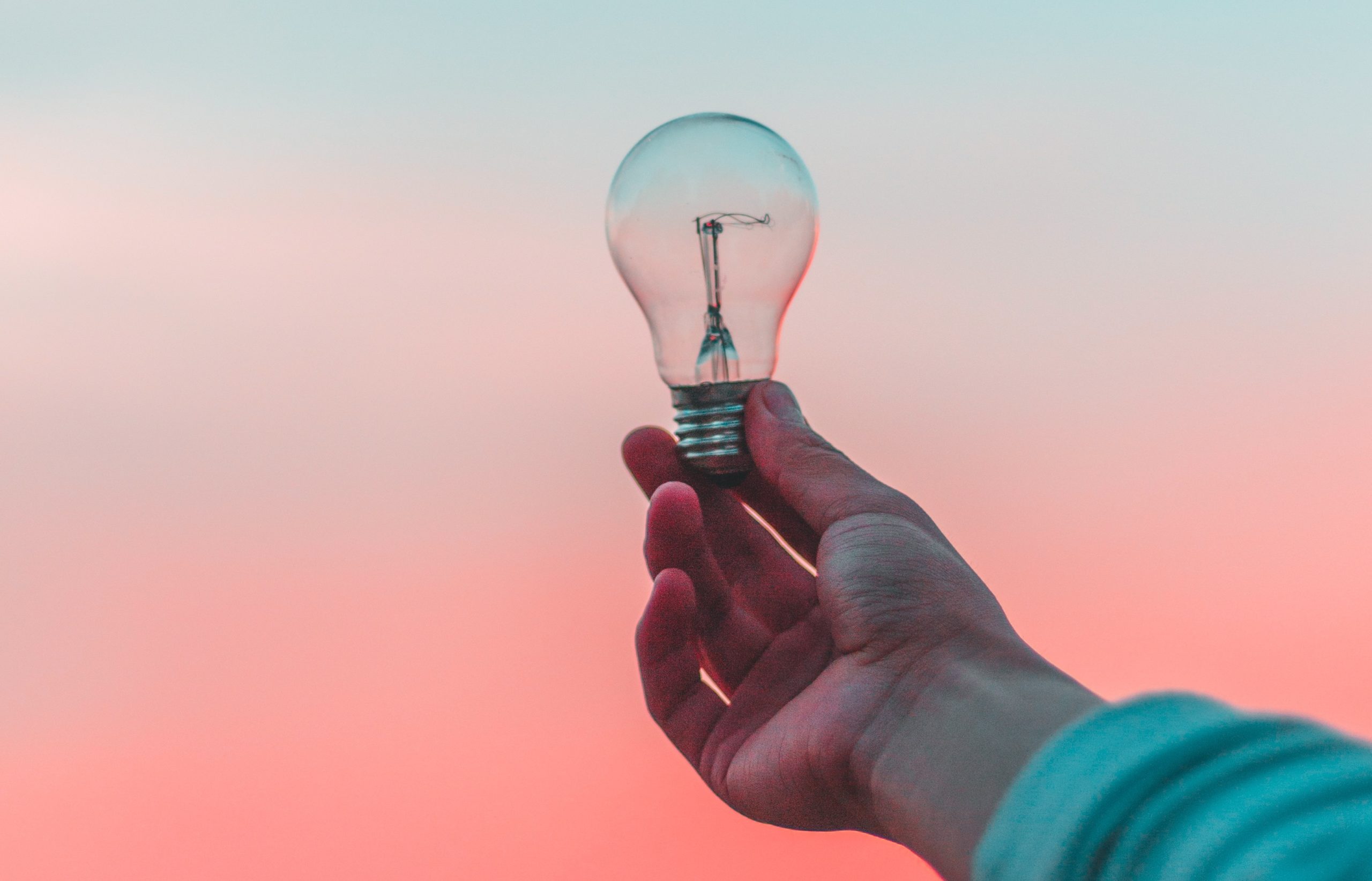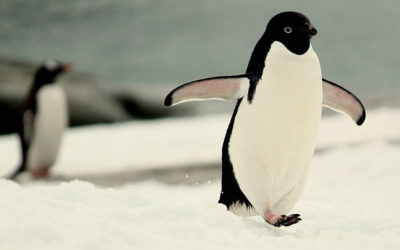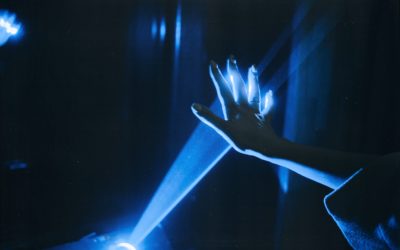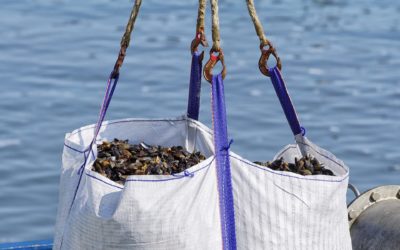The Coca-Cola brand was created by accountant Frank Robinson, who also designed the traditional logo by hand after his friend and pharmacist John Pemberton invented soda in 1886 in the United States. However, his intention was not exactly to create a soda, but rather a sort of tonic to combat headaches. One hundred and thirty-three years later, the product became the most famous drink in the world: every 10 seconds, 126,000 people consume one of The Coca-Cola Company’s products, which also sells teas, juices, and even clothing.
The importance of the creation of new brands and the consequent patenting has become over the last years a strategic subject for UFF, as it supports the research, creation, and production of knowledge within the institution, generating resources in the short, medium, and long term. Excited by the new ideas that are emerging, even in these times of crisis, the director of the Innovation Agency (Agir), professor Ricardo Henriques Leal, informed that the patents and trademarks developed at the institution are, by law, property of the university and administered by the Escritório de Transferência de Conhecimento (Knowledge transfer office, ETCO in Portuguese). Today the institution has 107 patents and 21 trademarks filed, and since the creation of the agency in 2009, has filed an average of eight to ten patents annually.
“For a patent to be filed, it is necessary that the product or process that is the subject of the application be a new invention, not similar to an existing one, and should have the potential of practical application. Therefore, patent generation is a very important indicator of the innovative capacity of an institution and a depository of new products and processes with great potential for application to society in the most diverse areas of knowledge,” explained Leal.
According to the coordinator of the Office, Vicente Abreu, the immediate benefit of creating a technology and protecting it through a patent is to achieve greater competitiveness of this technology in the market. Also, the inventor or holder of a patent is assured that third parties will not produce, use, market, export, or import products without your consent.
The first step for those who wish to protect a product or brand is the pursuit of its “anteriority”; that is, to find out if the object or trademark to be patented already existed. The second step is the writing of a descriptive report containing all the physical and functional characteristics; only then it should be sent to the Instituto Nacional de Propriedade Industrial (National institute of industrial property, INPI in Portuguese). For patent and utility model applications, UFF’s Office relies on an external and qualified law firm to support both the search and the writing of the document describing the creation.
Regarding trademark, computer program, and industrial design applications, ETCO performs all the steps, from searching for open databases before registration with INPI and its follow-up. In this sense, whenever a UFF-related inventor develops any product or technological innovation that is amenable to protection, he/she should submit it to the Intellectual Property Forum.
Given the endorsement, the inventors must present the appropriate documentation duly completed, which will end up in the final document to be delivered to the INPI. Vicente Abreu points out that not all knowledge is subject to protection via registration or deposit. If this is the case, and depending on the circumstances, it may also be protected by contractual means with a confidentiality clause in the research and thesis phases. And before disclosing the invention, confidentiality is recommended in any research that has the potential to generate a product. UFF, in its turn, as the owner of the rights, bears the costs of filing and registration, and takes care of the follow-up.
According to the ETCO’s coordinator, a brand becomes more relevant when it is associated with a particular technology embedded in products or services, and the better the technology is developed and applied, the more the brand gains strength in the market and increases the possibility of linking new products and services. It is called the virtuous cycle: the brand gains strength by representing good products and services, and these have a good reputation by being associated with a particular brand.
Most inventions have proven their relevance far beyond the university’s walls, especially in the health and technology sectors – areas that currently lead patent applications at the institution. Here are some examples of projects with relevant social impact patented at UFF.
Biodigester: Equipment for power generation and waste recycling
Professors Sorele Batista Fiaux and Carlos Rodrigues Pereira of the Graduate Program in Biosystems Engineering, in partnership with the student and now master Vinícius Oliveira de Araújo, filed in 2017 with a patent application at INPI for a biodigester. That is a closed chamber for the treatment of organic waste, which, through fermentation, is transformed into biogas, and the residual biomass can be used as a biofertilizer.
The equipment developed is different from the existing models in rural areas, as it needs little space to be installed and it is to be used in urban areas, in places with little usable area, such as homes, buildings, shopping centers, although it is also beneficial to use in farms. The apparatus is formed by a set of hexagonal modules, in number compatible with the amount of waste to be treated. Each module operates independently of the others and can be removed for cleaning or removal of biofertilizer.
“It is easy to operate, low cost, quick to assemble, and requires simple maintenance. The gas produced can be safely compressed and stored in its own barrels for transport and use where needed. To feed the modules, any organic material such as food scraps, fruit and vegetable peel, vegetable scraps, and manure from any source may be used. Thus, the equipment helps in the recycling of conventional waste and is an alternative for the generation of clean energy, since the biogas produced has high energy potential”, explained Sorele.
Kitaus: aid in early diagnosis of autism in lactating women
Another UFF patent that we highlight in the health area is Kitaus, an instrumental kit, composed of software, a camera, and a tablet or computer, which will assist in the early diagnosis of autism in women who are breastfeeding their children. The authorship belongs to professors Gisele Soares Rodrigues do Nascimento, Sergio Crespo Coelho da Silva Pinto, Diana Negrão Cavalcanti, and Cristina Maria Carvalho Delou.
According to the Coordinator of the Professional Master in Diversity and Inclusion (CMPDI) and professor of the Institute of Biology, Diana Negrão Cavalcanti, one of the authors of the kit, the patent is still pending at INPI. “We do an analysis of eye movement medication in the baby, which can detect possible aspects that help in the conclusion of the disease report, which is characterized by a child’s attention deficit. The invention was filed and passed the first phase of approval of the organization. UFF, on the other hand, through the patent office at AGIR, has been following the whole process,” she said.
HIV prevention through the use of quinolone derivatives
The patent for the use of quinolone derivatives (antibiotic variations) in the prevention of HIV-1 and its virucidal action in vitro is demonstrated in the reduction of HIV multiplication as well as in the protection called the virucidal effect. These derivatives can generate a treatment model described as Microbicida, having an infection prevention character, and can be used in different ways, such as gel, and foam, among others, to prevent infection in the sexual act. Thus, researchers from the Molecular Virology Laboratory of UFF’s Department of Cellular and Molecular Biology, headed by Professor Izabel Paixão, and supervised by researchers Claudio Cirne-Santos and Caroline Barros, believe it is a good way to prevent and control pandemic infection, significantly reducing public spending that is currently quite significant for the Brazilian economy.
However, as HIV has a high degree of mutation, many therapies performed may fail and new compounds must be implemented for effective therapy. Thus, studies seek to evaluate compositions that have promising effects, capable of inhibiting the replication of the virus, and possibly generate others that can be integrated with those already available on the market.
Dengue: Efficacy of Antivirals in Treating Disease
Another highlight of UFF is a work that has been decisive in combating Dengue. Produced Chemistry Graduate Program’s Professor Vitor Francisco Ferreira, with more than 15 registered patents, and other professors of Universidade Federal do Rio de Janeiro (UFRJ), the researchers concluded that the use of a drug containing the chemical compound pyranonaphthoquinones acts effectively in infections caused by the dengue virus. The patent, already filed at the INPI, is under review by the federal agency.
“The invention is intended for medical purposes as it is a pharmaceutical composition containing a particular chemical compound, and the use of this product in the treatment of inflammation caused by viral agents in mammalian animals (human and non-human) has been effective,” he said.
Telessaúde: remote patient care
According to the Coordinator of the Center for Advanced Technology Studies (NETAv), Professor Júlio Cesar Rodrigues Dal Bello, the agreement of Technical, Academic, and Scientific Cooperation concluded between UFF and Marinha do Brasil (country’s navy force) six years ago made it possible for both entities to implement the Telessaúde project. This patent, authored by him and seven other professors, allowed the university to implement a holographic system of care in health facilities, enabling a medical team to attend to a patient at a distance. This technology was used in the laboratory by health professionals from the Hospital Universitário Antônio Pedro (HUAP) and by telecommunications engineers from the UFF School of Engineering, in the care, diagnosis, and supervision of patients, as well as in the training of professionals at a distance.
“Telessaúde is a pressing need from the society. We do not have enough doctors to serve a population that is distributed in continental Brazil. This project provides us with knowledge, which will bring a quality of life to our patients,” emphasized Dal Bello.
Professor and geriatrician, Yolanda Boechat, one of the partners in Telessaúde, sees in the project the possibility of opening new frontiers of knowledge, the approximation of knowledge, and the support to distant patients in areas where they do not have access to health. “It is the chance of the population to have access to health and specialized quality diagnosis with greater efficiency,” she said.




